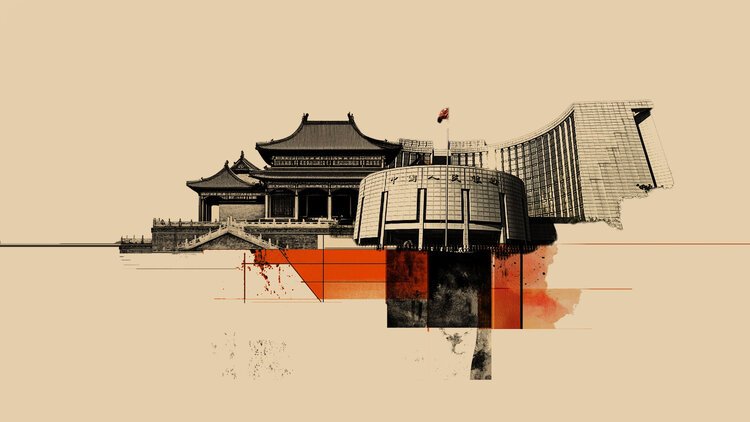China’s exports face multiple headwinds. Growing resistance in developed countries and some developing countries to accommodating a surge of exports from excess production mean protectionist policies are on the rise worldwide. China’s exporters are likely to face higher tariffs and greater restrictions to their market access in years to come.
China’s quandary is a peculiar one. Superficially, the RMB looks as though it ought to be rock-solid. Its current account is running at a healthy surplus. China has a positive net international investment position to the tune of US$2.9 trillion, meaning China owns more overseas assets than foreigners own assets in China. In addition, according to the World Bank, the RMB is 40% undervalued on a purchasing power parity (PPP) basis. Furthermore, China’s lead in the output of key products associated with climate transition suggests that its exports will continue to be in strong demand anyway, going forward.
It is, therefore, odd to suggest that the RMB looks vulnerable to devaluation, whether it’s planned or otherwise. China’s currency appears well underpinned.
As the chart below shows, on a four-quarter moving average basis, the current account surplus in nominal dollar terms is now the smallest it has been since the fourth quarter of 2020.
China’s dependence on exporting its way out of domestic economic morass is at greater risk than it first appears. Measures such as the European Union’s Carbon Border Adjustment Mechanism (CBAM), aimed at reducing the carbon intensity of global industrial production by taxing embedded emissions at point of origin, could hit China’s exports harder than those of other countries.
The above factors, along with China’s chronically weak domestic consumption, collapsed property market, and rising demographic cost at home, are inducing Chinese exporters to move offshore. This is reducing the value added that takes place in China and replacing export earnings with profit streams from overseas. These have so far been modest.
The rapid and large fall in the Japanese yen over the past two years could alter the attractiveness of Japanese exports relative to China. Those with long memories will remember that yen weakness from 1995 was the catalyst for Asian currency devaluations during the Asian financial crisis, as Japan took market share in exports and accelerated the deterioration in regional current account balances.
As the chart below shows, foreign currency receipts and payments associated with the current account have significantly underperformed the reported value of the trade surplus.
Whether this difference in foreign exchange earnings compared with reported current account surpluses reflects interest rate differentials or surreptitious capital flight is debatable. The key point is that with the increased use of the RMB in trade payment settlements, it is a mistake to equate exports with foreign currency earnings in a linear fashion as was the case even just a few years ago.
China’s defences against unwanted downward pressure on its currency from capital flight are weakening. Its rising overseas investments cannot be easily liquified to support the exchange rate. Despite growth in China’s total overseas assets controlled by the state, foreign reserves have remained at around US$3.2 trillion, a level reached in 2011. In contrast, liquid RMB-denominated assets held by China’s corporates and households have risen dramatically. M2 alone in April 2024 stood at 301 trillion yuan (US$41 trillion). With reserves at about 3% of the capital stock and 8% of M2, the potential for the PBoC to be overwhelmed by capital flight is very real.
Two things seem to be increasingly evident. Greater international usage of the RMB could erode the Chinese Communist Party-state’s ability to control the value of the yuan. Secondly, capital controls might well need to be tightened in the face of higher returns on capital outside China, especially since Chinese real estate as a store of wealth has collapsed. Perhaps downward pressure on the yuan is ultimately a manifestation of what has gone wrong with China’s economic policy-making: its subjugation of economic considerations to political ones.
© The Hinrich Foundation. See our website Terms and conditions for our copyright and reprint policy. All statements of fact and the views, conclusions and recommendations expressed in this publication are the sole responsibility of the author(s).








